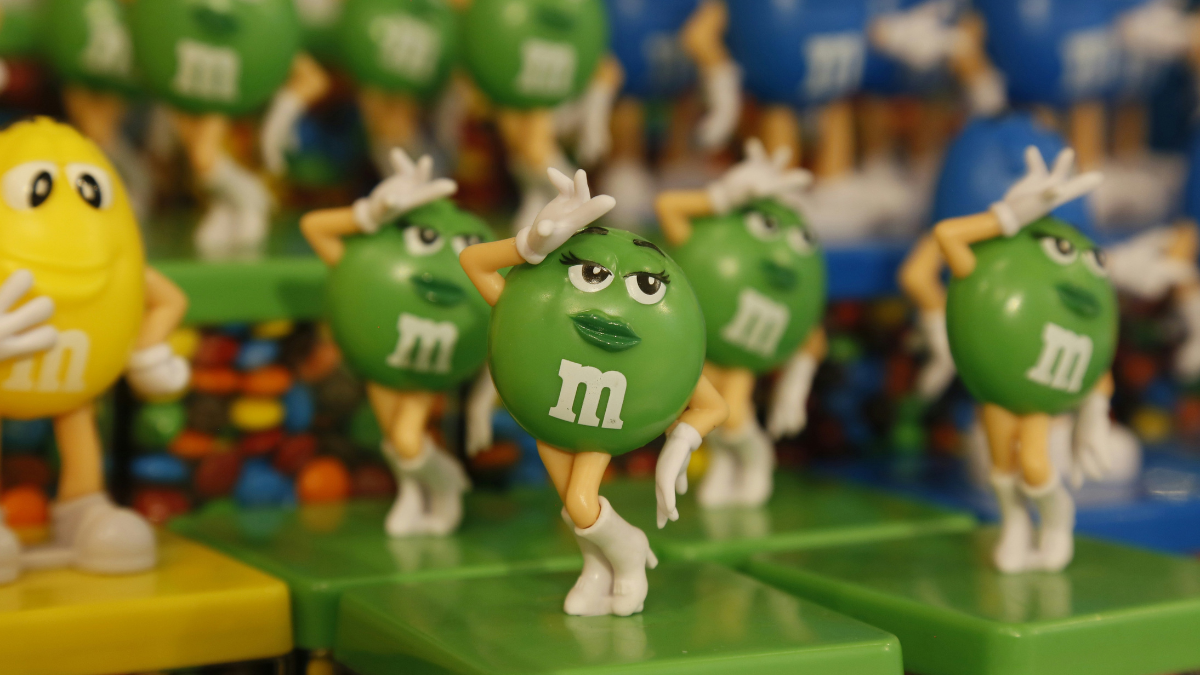‘All the Cokes are the same and all the Cokes are good,’ said Andy Warhol in 1975. Writing in more innocent commercial times, he was pointing to a useful role that mass market brands can play in culture: acting as a form of common ground. ‘You can be watching TV and see Coca-Cola, and you can know that the President drinks Coke, Liz Taylor drinks Coke, and just think, you can drink Coke, too.’
In recent years, all the Cokes have been acting weirdly. By 2017, America had a Diet Coke-guzzling President and Kendall Jenner was handing out cans of Pepsi to armed police, in an ad released with fanfare on 4 April 2017 and withdrawn after a global outcry on 5 April 2017. It turns out Pepsi adopting a BLM aesthetic to present its product as a solve for social unrest didn’t play well in society.
These have been wayward years for brands. As western society cleaved into Trump vs Clinton/Biden, Leavers vs Remainers in the UK, and a general sense of left and right occupying alternate realities, there was the potential for a brand like Coke to live up to its promise of being ‘the real thing’ — an aspect of shared reality upon which everyone agreed.
Many brands were in a position to do the same. We may have our differences, but in the end we can all enjoy a Bud, share a bag of M&Ms, kick back and watch a Disney movie. These are common reference points amid the maelstrom.
That’s not the way it panned out…
Instead, brands rushed to one side of the rocking boat, and things got rockier. We saw it with Bud Light’s marketing manager Alissa Heinerscheid taking on what she called a ‘vice brand’ and pushing what she termed (in characteristically political language) ‘a super-clear mandate’. The result was the Dylan Mulvaney affair, in which the trans influencer was enlisted to broaden the appeal of the brand, leading to one of the more epic battles in the culture wars, with lasting financial consequences. Bud Light lost its status as the top-selling beer to Modelo Especial, a spot it had held for 20 years. Even six months later, sales were reportedly down 30%.
As with Bud Light, so with M&Ms, who went through an elaborate exercise of introducing more ‘nuanced personalities’ to their brand mascots. So the red one would become less confrontational and more kind, the orange one would ‘embrace his true self, worries and all’, the green one would swap her go-go boots for sneakers to reflect ‘confidence and empowerment, as a strong female’ and the brown one would swap her stilettos for pumps to become more of a ‘boss’.
The whole story was melodramatically weaponised by Tucker Carlson — part of a familiar culture wars dynamic where the initial incident is blown up into a confected outrage, which in turn is blown up into an excessive counter-reaction, then an excessive counter-reaction to the counter-reaction, then a wave of urgent think pieces about what it all means. Eventually, M&Ms announced they were putting the characters on ‘indefinite pause’, saying the controversy was ‘the last thing M&Ms wanted since we’re all about bringing people together’.
Add in the cat-and-mouse battles between Ron DeSantis and the Disney Corporation and you see a pattern. There’s a pantomime element to these stories — a sense that none of the players involved is deeply serious. But there’s a reason they happen now as opposed to any other time, and it’s not just that Tucker Carlson is randomly casting around for material.
Consider the official statement when the M&Ms characters were launched: ‘At Mars we believe that in the world we want tomorrow, society is inclusive. And, as one of our most iconic brands, M&M’s is announcing a new global commitment to create a world where everyone feels they belong.’
It’s the kind of grandiose statement that might have appeared preposterous in years gone by, and should feel preposterous now. But in the age of ‘purpose’, it’s routine. Embraced by advocates from Larry Fink of BlackRock to Simon Sinek of ‘Start with why’ fame, purpose posits the idea that a brand — even a candy brand — needs to have a deeper sense of what it wants to achieve in society. And, as brands are discovering, societal change will always be a contested area. Rather than being the hapless victims of a culture wars attack that appeared from nowhere, brands are starting with why and ending with apology statements as they desperately scramble out of the quagmire and back towards common ground.
The truth now dawning is that businesses can serve society best by being businesses, rather than self-appointed social leaders. From the point of view of the consumer, brands can be common ground upon which Republicans and Democrats, Leavers and Remainers meet. From the point of view of the employee, corporations can be common ground where you rub shoulders with people from all parts of the political spectrum, finding common cause in selling widgets, even if you have different causes elsewhere.
Instead, the expansion of corporate purpose has shrunk the common ground just when it’s needed most. Warhol said that a Coke is a Coke whether you’re president or a bum. Now your choice of soft drink, candy brand or movie franchise says something about your place on the political spectrum. Social purpose fuels social division.
Featured image: Syed F Hashemi / Unsplash
This is a condensed extract from ‘The Road to Hell: How purposeful business leads to bad marketing and a worse world. And how human creativity is the way out’.

